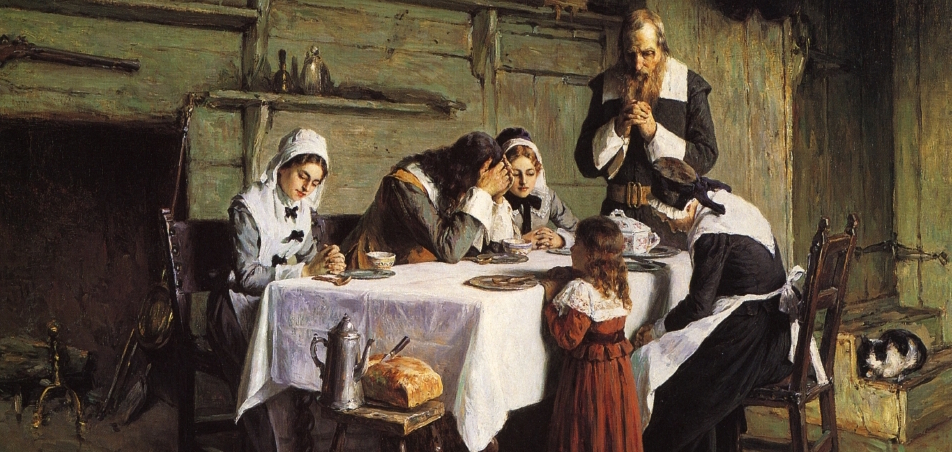The Mere O family worship series has been characterized so far by a markedly Reformed style. Jake’s and Eric Parker’s posts both emphasize catechesis, reflecting their roots in a tradition that has been notable for its mighty historic catechisms. My family doesn’t have that background, coming from a non-creedal and non-catechetical tradition in the Churches of Christ.
Login to read more
Sign in or create a free account to access Subscriber-only content.
Topics:
